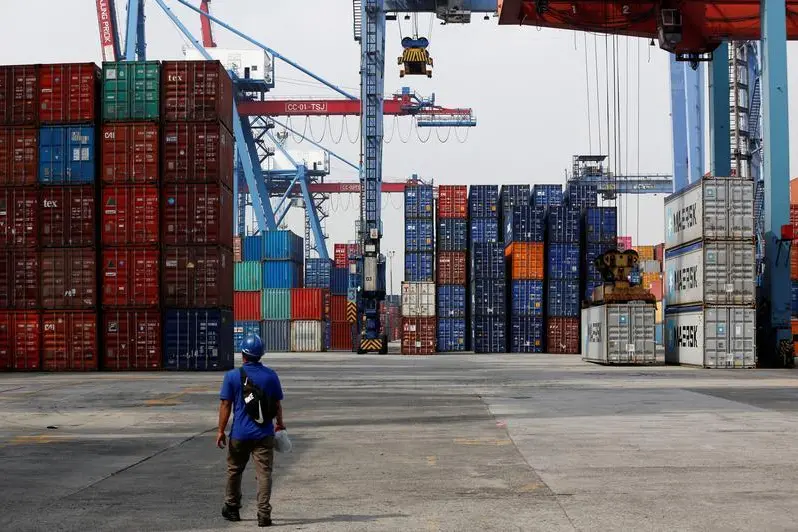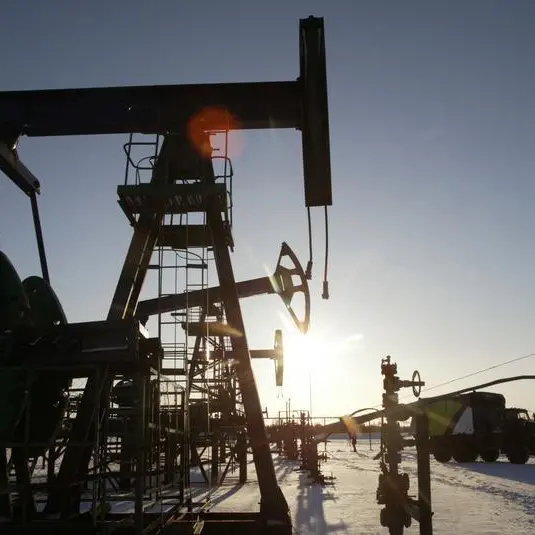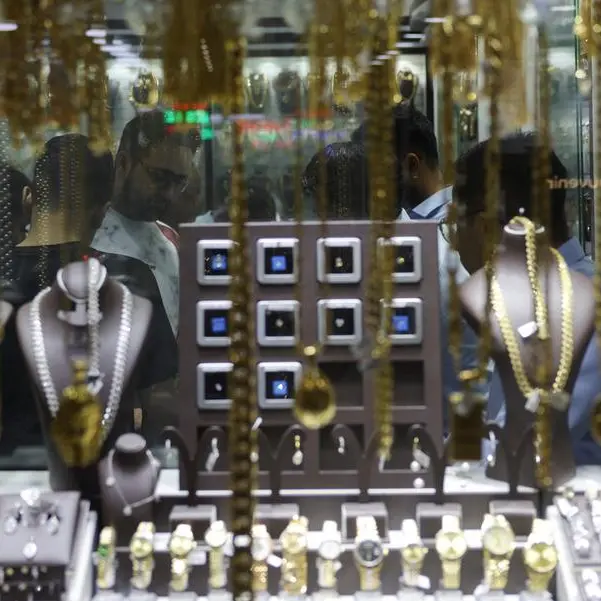PHOTO
LONDON: Indonesia's exports of refined tin all but evaporated in January with just 400 metric tons shipped abroad by the world's largest exporter, all in the form of solder.
That represented the lowest monthly volume since August 2015, when Indonesia imposed an export regime to exclude illegally mined metal. This time too, the drop is down to a change in permitting.
Tin exports will resume, but the uncertainty has unsettled both paper and physical markets.
The London Metal Exchange (LME) three-month tin price , currently trading at around $26,500 per ton, is up by 5.3% on the start of the year.
Tin is the only base metal showing any year-to-date gains. The rest of the LME pack are struggling in the face of weak demand and reduced manufacturing activity.
But tin supply is highly concentrated and the sudden drop in Indonesian refined metal shipments coincides with the ongoing suspension of operations at the world's biggest mine in Myanmar.
INTERRUPTION
Indonesian exports fell by 12% to 75,000 tons last year, but that was still equivalent to around a fifth of global demand.
Ironically, the change in mine permitting process from annual to every three years is meant to cut red tape and smooth the flow of exports over the start of every year.
But there are now a lot of miners in Indonesia thanks to the country's nickel boom and the country's mining ministry is still processing hundreds of mine approval requests. Without an approved mining plan, operators cannot export.
Pt Timah, the country's largest tin producer, got its official stamp of approval this month but many independent producers are still in the bureaucratic queue.
The annual export approval process has in the past caused tin export volumes to drop in January. But this year there were no shipments of ingot at all last month and it appears it will be some time before flows return to normal.
There is also the longer-term threat to Indonesian supply posed by its stated ambition to limit exports of refined metal to encourage a shift into value-add processing.
The policy has worked well with nickel and the nascent electric vehicle battery chain but replicating it in tin is trickier. Around half of all tin is used to solder circuit-boards, a sector with geographically dispersed and well established players.
Nevertheless, Indonesia's ambition to move downstream is undiminished and some form of future export restriction seems likely.
CHINESE IMPORTS
That may be why China has been buying so much Indonesian tin. It imported 3,500 tons of Indonesian tin in 2021 but lifted purchases to 24,000 tons in 2022. Last year's 24,475 tons helped drive total Chinese imports to an all-time high of 33,470 tons.
Net imports of 21,400 tons represented the strongest draw on overseas units since 2012.
China's tin sector is facing both the potential future threat of lower Indonesian exports and the immediate problem of reduced volumes of mined concentrate from the Man Maw tin mine in neighbouring Myanmar.
The mine has been suspended since the start of August while the Wa State, a semi-autonomous part of the country, audits reserves. There is still no confirmed restart date.
The flow of raw material over the border to feed China's smelters has continued but at a reduced pace as above-ground stocks are drawn down. Those stocks are now thought to be largely exhausted, according to the International Tin Association.
It's not hard to see why Chinese players have been busy stocking up with metal given the twin threats to mined and metal supply just as the electronics sector starts recovering from a post-COVID hangover.
Tin stocks registered with the Shanghai Futures Exchange stand at 9,033 tons, their highest since August last year.
FALLING LME STOCKS
China's buying, however, has reduced the Western surplus and left the supply chain more vulnerable to Indonesian disruption.
LME inventory has fallen by 23% since the start of January and at 5,945 tons is its lowest since August. Excluding metal earmarked for physical load-out, open tonnage is now 5,055 tons, the lowest since July.
Physical premiums in Asia have started rising. Price reporting agency Fastmarkets has lifted its assessment of the Taiwan premium from $400-500 per ton over the LME cash price to $500-700.
LME time-spreads remain relatively relaxed, suggesting there is no panic just yet. The most recent off-warrant stocks report showed 1,321 tons of tin sitting in the ready-to-warrant warehouse shadows at the end of December.
But there is a sense that availability is gradually tightening, a process that will accelerate with the drop in Indonesian exports.
The price reaction suggests that the double question-mark hanging over global supply is starting to worry the tin market.
The opinions expressed here are those of the author, a columnist for Reuters.
(Editing by Alexander Smith)





















